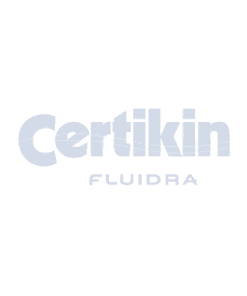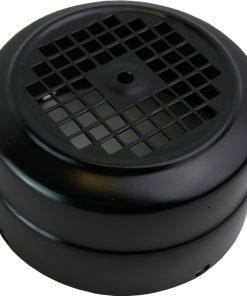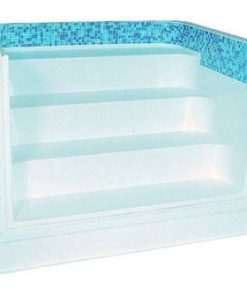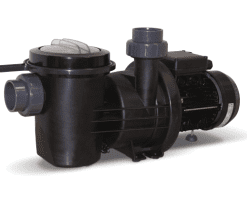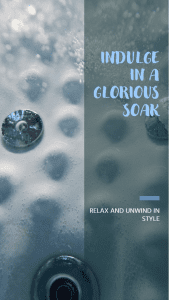Hottub, Swimming Pool
Understanding Spa Pool Regulations: A Legal Perspective
A legal analysis of spa pool regulations provides essential information about this topic.
Maintaining spa pool operations requires compliance with legal rules that exceed water quality control. Maintaining specific legal standards exists to protect the health and safety of users when operating a spa pool. The Health and Safety Executive (HSE) issues direction which explains the legal requirements that spa pool owners and operators must follow. The Health and Safety at Work etc Act 1974 (HSW Act) applies general duties to employers and self-employed workers for maintaining the health and safety of people who are not their employees or themselves [40]. Knowing these regulations stands vital for both compliance and safety purposes.
The main law that controls spa pool safety is the Health and Safety at Work etc Act 1974 (HSW Act). The Health and Safety at Work etc Act 1974 imposes obligations on employers and self-employed workers to ensure that they minimize risks to people outside their workforce and employees [41]. Spa pool operators maintain a legal duty to reduce dangers for all users who access the pool [40].
Additional regulations include the Management of Health and Safety at Work Regulations 1999 (MHSWR) and the Control of Substances Hazardous to Health Regulations 2002 (COSHH). The MHSWR creates specific guidelines to help organizations manage workplace safety requirements. The law requires dutyholders to identify workplace dangers and get assistance from competent professionals as well as control hazards from hazardous substances including legionella bacteria [42, 43]. The MHSWR defines health and safety control methods in workplaces and the regulations force dutyholders to identify workplace risks and secure professional help to apply health and safety laws and to develop emergency response plans for critical workplace hazards and to collaborate when different employers operate from the same site [42, 43].
HSE publication L8 contains an Approved Code of Practice (ACOP) for managing legionella risks and the more detailed HSG274 offers technical advice on applying HSW Act and MHSWR and COSHH for legionella exposure control [44]. The guidelines outline obligations while delivering recommendations for recognizing and evaluating hazards together with methods for their control [45]. The ACOP offers a recognized method of legal compliance although it is not legally binding [45].
The safety of your spa pool users depends on proper knowledge and proper application of legal standards. The failure to comply with regulations may result in legal consequences together with serious risks to public health. Your serious dedication to legal requirements will enable you to establish both safe and compliant spa pool facilities.
FAQs
Which law takes precedence for ensuring spa pool safety?
The Health and Safety at Work etc Act 1974 (HSW Act) serves as the main regulatory framework [40, 41].
The HSW Act establishes which essential requirements apply to health and safety compliance?
Employers and self-employed people must ensure the safety of all people affected by their workplace activities according to the general duties under the Health and Safety at Work etc Act 1974 (HSW Act) [41].
The Management of Health and Safety at Work Regulations 1999 (MHSWR) and the Control of Substances Hazardous to Health Regulations 2002 (COSHH) establish what requirements need to be met.
The MHSWR demands workplace risk identification and professional assistance along with established emergency response protocols for dangerous situations yet COSHH specifically deals with hazardous substance control measures including legionella management [42, 43].
The Approved Code of Practice (ACOP) serves what purpose?
The Approved Code of Practice (L8) delivers practical advice on fulfilling legal standards for legionella control and describes how to identify risks and assess their impact [44, 45].
Is it mandatory to follow the ACOP?
The ACOP serves as an accepted method to meet legal requirements yet compliance with the law remains optional [45]. A different method which matches safety standards can be used instead of the Alternative methods [45].


